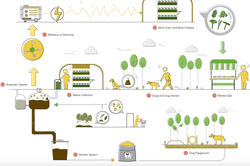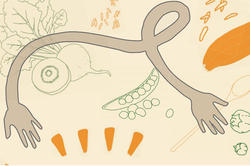A team of Industrial Design students enters The DoGreen Project in the 2020 Biodesign Challenge.
Promoting Civic Engagement

How can design encourage normally reticent citizens to share their opinions and personal experiences with local government agencies? That question formed the backbone of Urbanist Interactions, a spring studio taught by Associate Professor of Industrial Design Andy Law. The challenge came from Sabrina Dorsainvil and Nigel Jacob of the Boston Mayor's Office of New Urban Mechanics (MONUM).
“MONUM challenged the class to propose innovative strategies for galvanizing civic innovation by reversing the power dynamic of the city’s community engagement activities.”
“It’s historically difficult to get a wide range of people to engage using standard tools like surveys and focus groups,” Law explains. “MONUM challenged the class to propose innovative strategies for galvanizing civic innovation by reversing the power dynamic of the city’s community engagement activities.”
Students presented their inventive strategies to MONUM on May 26, offering processes and methods that directly address the role of social equity and inclusion in design and reflect an understanding of design research ethics. Their shared goal was to get people involved in civic discourse who would normally be reluctant to participate.
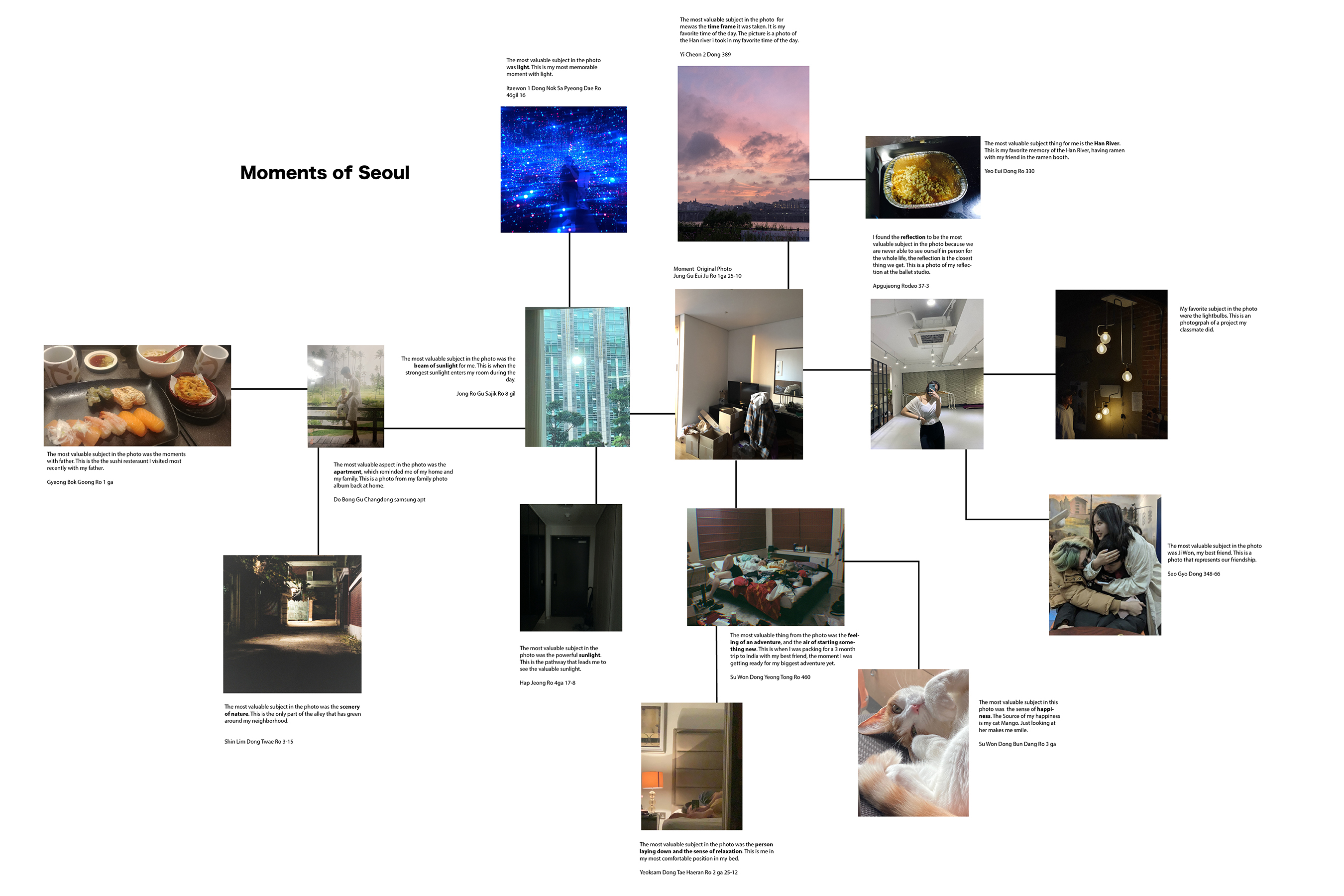
Junior Paul Choi 22 ID, who is riding out the pandemic in his home city of Seoul, South Korea, devised a system in which people could share their perspectives by posting pictures from their smartphones. Value Chain works almost like an old-fashioned chain letter, where each participant invites two of their friends to get involved and so on, creating a map or network of images in response to an initial prompt.
“It’s an engaging and entertaining way of connecting with people that could be used as the very first step in a design research project.”
“First I thought about using a relay exercise, like the game Exquisite Corpse, but I wanted participants to be able to build a more three-dimensional narrative,” says Choi. “It’s an engaging and entertaining way of connecting with people that could be used as the very first step in a design research project.”
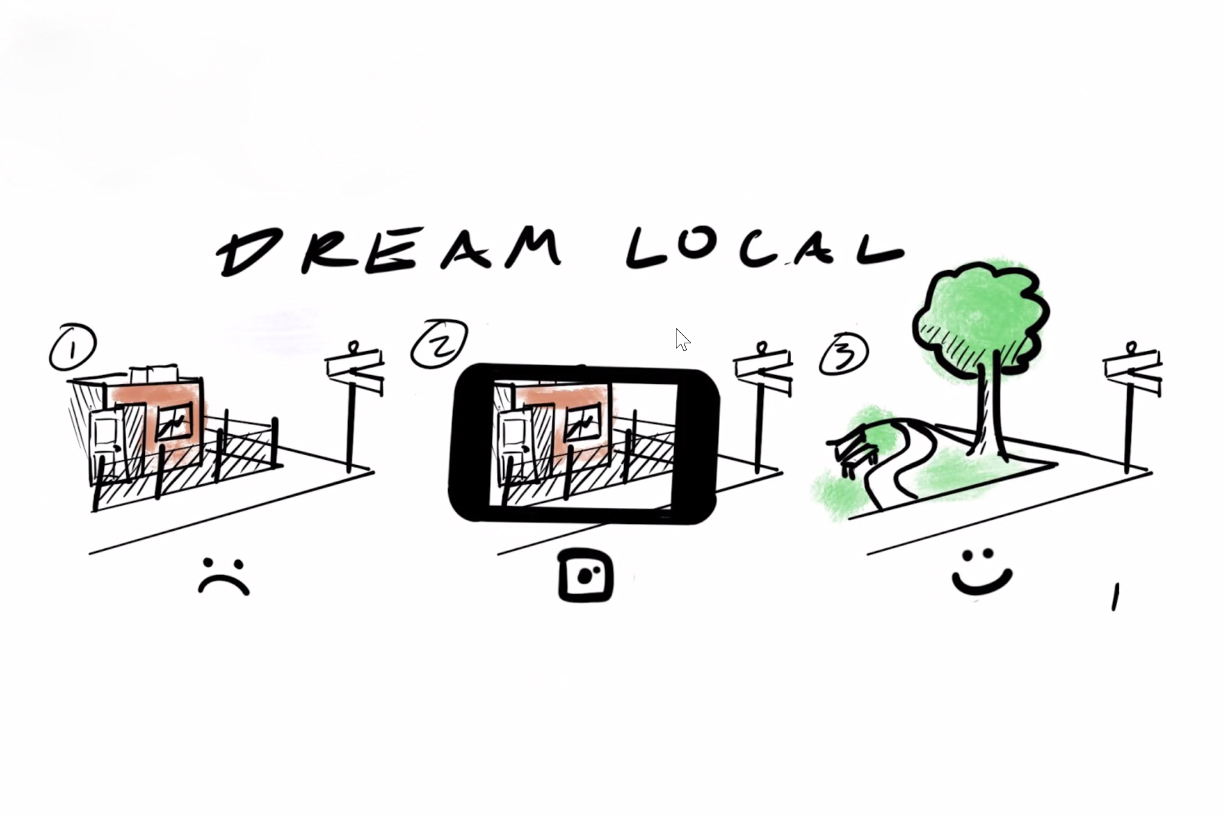
Sebastian Boal 22 ID also made use of the ever-present smartphone camera in his project, Abandoned Spaces. Originally from Seattle, Boal has firsthand experience with gentrification and has seen outside developers tear down old buildings and erect condos and other edifices with no input from local residents. He proposes an app that would allow people to upload photographs of abandoned buildings and lots in their neighborhoods, suggest possible uses and then learn about actual plans and decisions as they’re made.
“What I like about this proposal is that it provides a way for communities to exert power,” Jacob noted at the presentation.
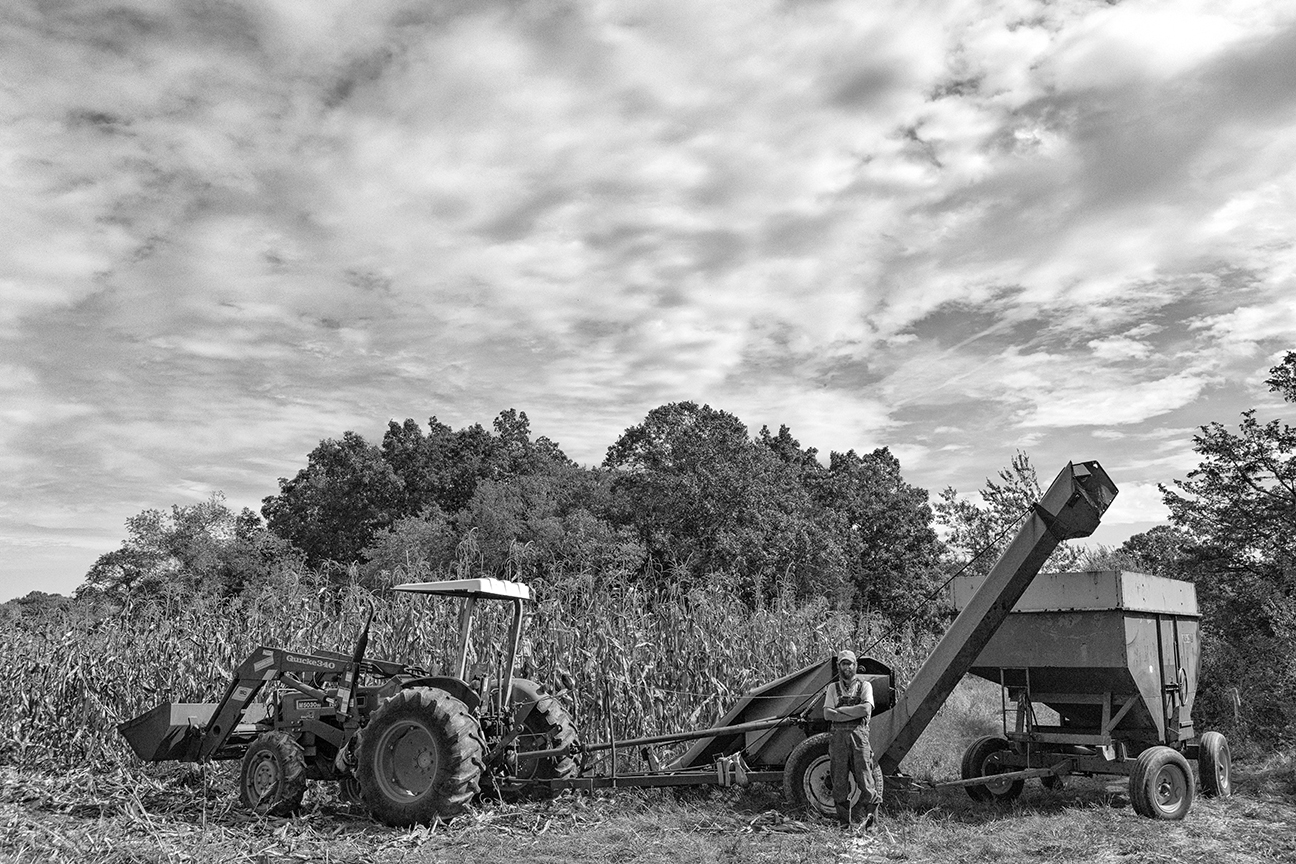
Junior Ariela Kanarek 22 ID took a more analogue approach, creating an actual book—Tortillas: Conversations with People—based on her interviews with corn farmers and others involved in the tortilla industry. “The book is an example of a tool to help people form their own opinions about complicated topics,” she explains. Her color-coded design allows readers to easily focus in on questions that most interest them, and she was careful to present contradictory statements (like whether or not it makes sense to use only locally sourced ingredients) in a non-hierarchical manner so that readers can decide for themselves.
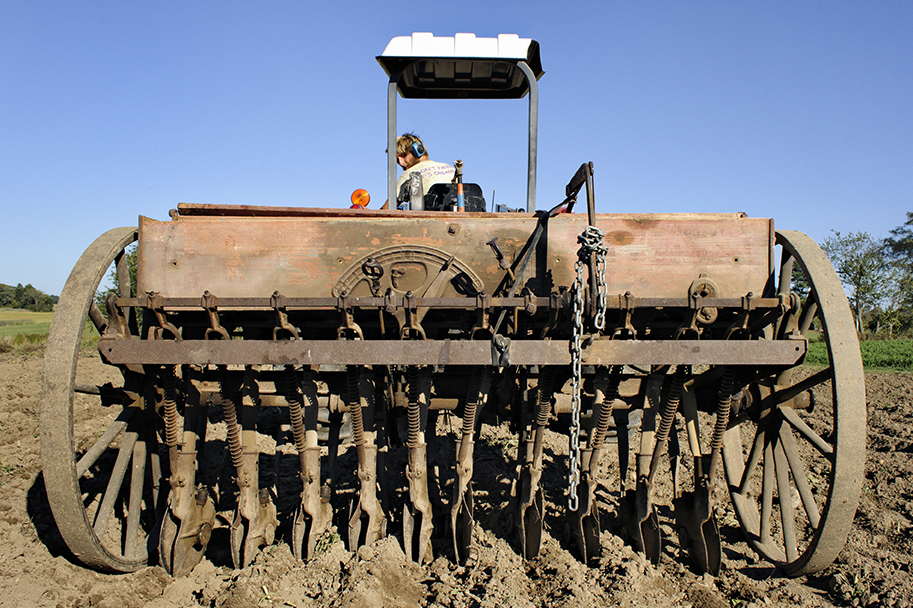
“I love the book because it draws you in as a reader,” said guest critic Babette Allina, RISD’s Executive Director of Government Relations. “Usually, data collected around civic projects is released in a really dry report that nobody reads!”
“Usually, data collected around civic projects is released in a really dry report that nobody reads!”
Kanarek is unsure of which direction she’ll take professionally after RISD but appreciates the new perspective the class provided. “Before I took this class, I spent a lot of time in the wood shop and really didn’t like digital design,” she says. “I’ve discovered that using design strategy to create tools like this for people can be really interesting.”
—Simone Solondz
May 28, 2021
